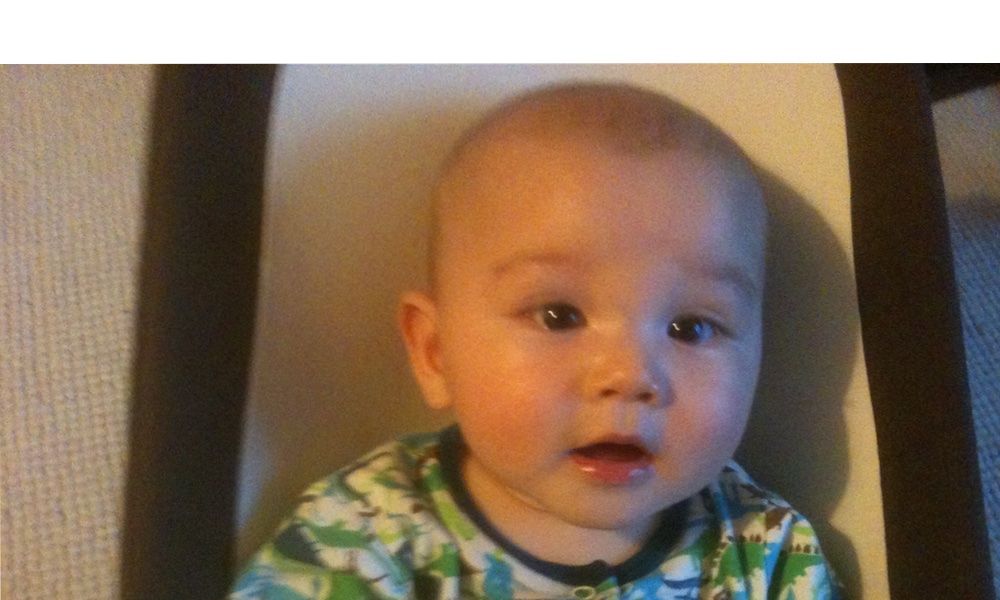What do babies look at as they lie in their cribs, play mats and infant seats? Studies in laboratories and clinics have shown they tend to focus on the sharp edges of high-contrast images and simple patterns such as stripes or checkerboards. When they're not in a lab, a team at Indiana University has found infants also see these types of images in their daily life — just by looking at things like ceiling lights, fans and corners.
Visual input changes with development. Infants' preference for looking at these types of shapes and images seems to be unique to that age. “As with food, young infants do not start with rich meals or pizza,” Linda Smith, principal investigator on the study, told TheDoctor. “They start with simple, developmentally specific nourishment.”
Images processed by the visual cortex in the brain provide important information about how vision develops in humans. The Indiana University study enrolled 10 babies between three and 13 months old. Head-mounted video cameras were placed on both babies and caregivers. The cameras collected 70 hours of camera footage documenting what the infants and adults looked at during their daily lives.Infant vision is not very good until about 18 months of age. The muscles that help the eye focus are not quite developed.
The youngest babies in India had the same preference for high-contrast edges and simple patterns as their American counterparts. However, images from the head cameras worn by the babies who were six- to 12-months-old in the Indian study were much different from those from the babies in the U.S.
The findings raise questions about evolution. When she was in graduate school, Smith wondered why human babies have such slow motor development. They spend their first three months just looking and listening and six more months working on posture and head control. On the other hand, Smith pointed out, “Horses come out and run races.” What was the purpose?
An infant's vision is not very good until about 18 months of age because the muscles that help focus the eye are not quite developed, said Smith. As they grow and develop the ability to grab at objects, infants are trying to get the most from their visual input.
Babies will also turn their heads to looks at things in their environment. Parents and caregivers also tend to put babies in places where they like to look at things.
Babies also need tummy time because building a strong core is important for learning to sit up, so babies learn to hold objects and explore them. “This lets babies play a role in creating visual experiences for learning.”
The study is published in Science Advances.





